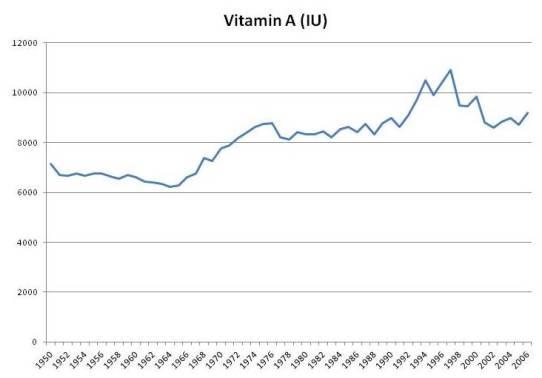I don’t think so. It’s hard to imagine but maybe if I became severely anemic for some reason I might consider it. The thought isn’t the least bit appealing. :/How about liver, will you ever eat that again?
I’m probably not going to make the amount of cream and butter I indulged in for Thanksgiving a regular habit anytime soon but it’s nice that I seem to tolerate them both okay now.

